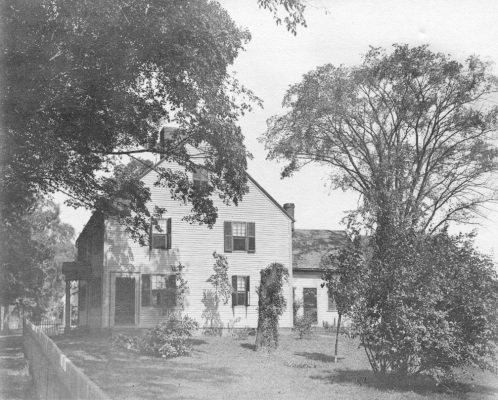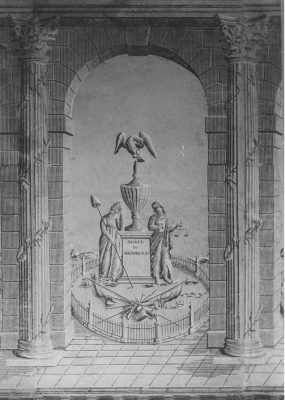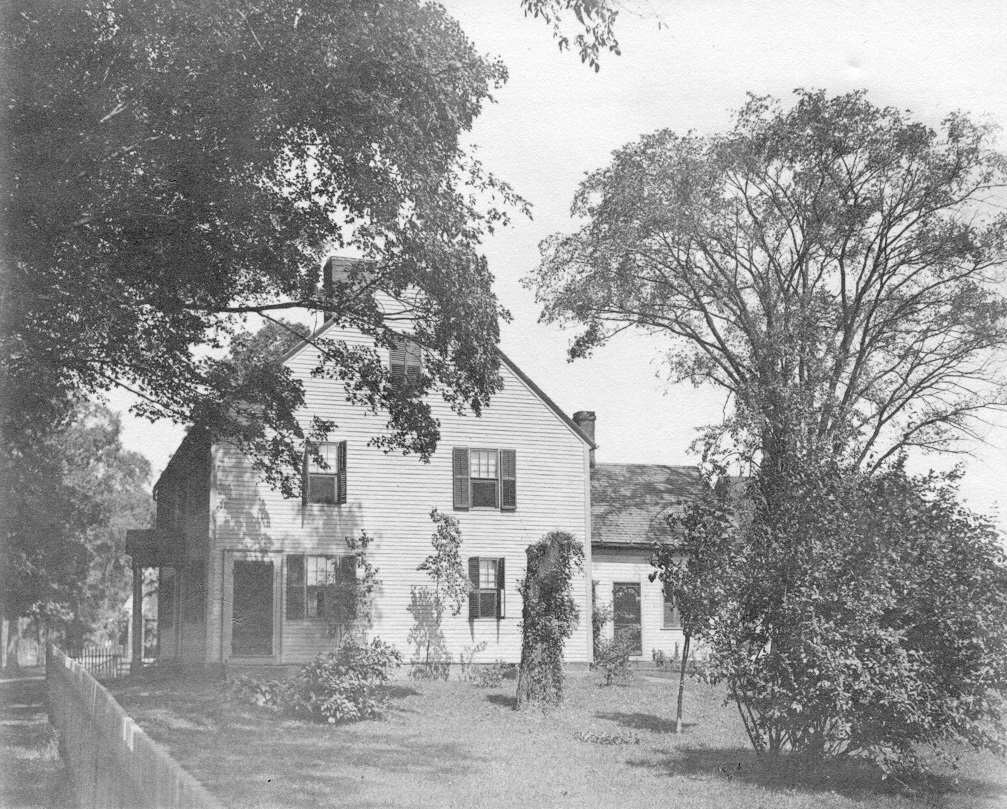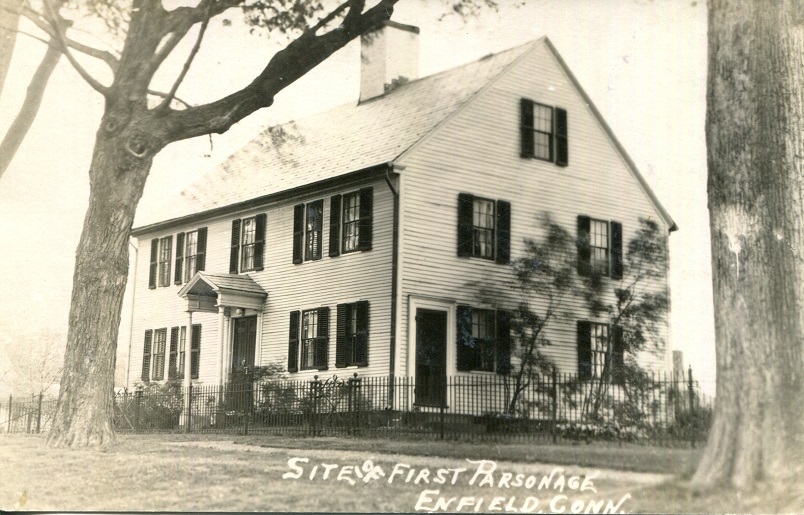The Martha Parsons House, as it is now known, was built in 1782 by John Meacham on land assigned for use by future “parsons” (ministers). At one time, the house was called “Sycamore Hall,” for the row of sycamore trees that lined the street. The present name, however, is the result not of the house’s intended use, but of a charming coincidence: the last family to occupy the house was named Parsons.
In 1800, John Ingraham, a retired sea captain from Saybrook, Connecticut, purchased the house for his family. In honor of the recently-deceased first president of the United States, Ingraham decorated the front hall with George Washington Memorial wallpaper, which remains to this day.
The house had a succession of owners in the early 1800s, who through additions of adjoining land enlarged the property to three times its original size. Meanwhile, during this time, John Ingraham’s granddaughter married Simeon Parsons. Their son John Parsons (John Ingraham’s great-grandson) and his wife Juliaette had three daughters: Juliaette, Mary, and Martha. In 1906, 26 years after the death of John Parsons, his widow Juliaette purchased the property for herself and her three daughters and the house was once again home of descendants of John Ingraham.
Construction
The main part of the house was built in 1782 and still retains many of the features common in houses of that time. Most obvious among them inside is the large central chimney with fireplaces in most rooms for heat, and clapboard siding, a slate roof, and protective shutters on the outside. Other features are a little less obvious unless you know to look for them, such as hand-made nails and thin interior walls never meant to have modern conveniences like electric outlets and lights or plumbing.
On the rear of the house, the ell is a later addition dating to the 1800s that replaced an earlier structure. Containing a modern caretaker’s apartment today, the exterior still retains most of its original appearance.
Furnishings and Decorative Arts
With only a few historically important additions made since Martha A. Parsons’ bequest, the collection displayed within the walls of her house reveals one family’s lifestyle of unpretentious simplicity and graciousness for over 180 years. Every piece of furniture was important either for its usefulness, the significance of its previous owner or the way in which it was acquired. In the parlor, for instance, are the cherry Hepplewhite half-moon and Pembroke tables brought from the West Indies by Captain Ingraham for his daughter’s wedding gift. The dining room displays a harbor scene etching by Whistler and the silverware and sterling spoon collection handed down for generations. Up in the south bedroom is the delicate candle stand with drawer, selected for display in the 1985 “Great River” exhibit at Hartford’s Wadsworth Atheneum. Here, too, is a nineteenth-century highboy with reeded columns, scalloped apron and cabriole legs. In the reading room stands the secretary made by a local carpenter named King for Martha’s mother Juliaette in 1845, the year of her wedding. Gracing the parlor is the elegant Chippendale chair that had been part of a set given by a Parsons ancestor to an early Congregational church in Enfield. Whether for its utilitarian or sentimental value, every possession was lovingly maintained by each generation of the Parsons family. The Enfield Historical Society is proud to continue this tradition.






